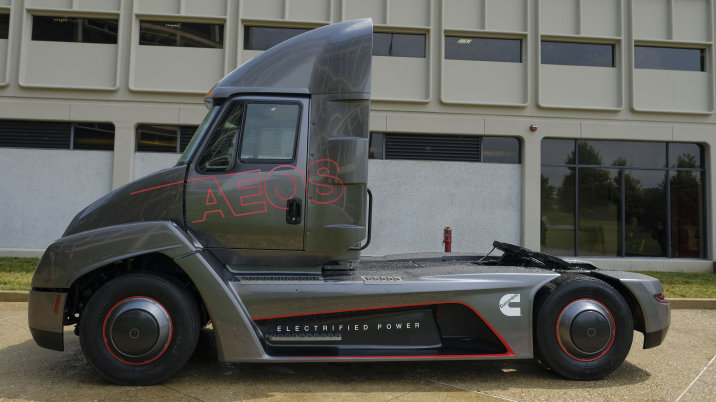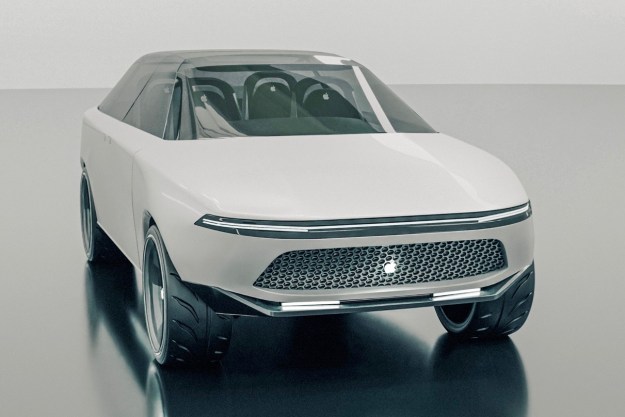
The company recently debuted the Aeos, an 18,000-pound class 7 urban hauler powered by a 140kWh battery pack. While it’s still a concept at this point, the Aeos is quite capable, able to tow a 22-ton trailer. The range is limited to just 100 miles — far less than Tesla’s prototype is expected to return — but the Aeos is a short-distance local workhorse, so 100 miles is doable. If the client needs more, Cummins says it will offer a range-extending engine generator or additional battery packs that could triple vehicle’s distance capabilities. Regenerative braking helps to maximize range as well.
Charging time for the base pack is one hour at a 140kWh charging station, but battery tech is improving rapidly. Cummins hopes to reduce that time to a mere 20 minutes by 2020, which is one year after the Aeos is expected to begin production.
“These new technological innovations build on our 100-year legacy of bringing the best solutions to our customers, driving their success and meeting the evolving demands of their industries and markets,” said Jennifer Rumsey, Cummins’ Chief Technical Officer. “We will harness our global technical footprint to continue to develop a wide variety of power technologies to bring our customers the choice and solutions that enable their success and contribute to a sustainable future.”
Cummins’ battery-powered big rig made the most headlines at the reveal in Columbus, Indiana, but the brand also showcased a near-zero emissions natural gas engine alongside two clean diesel power plants dubbed X12 and X15. As the commercial vehicle and freight transportation industries evolve, Cummins made it clear it plans to remain a top player, however it does not plan to assemble the trucks in house. Rather, Cummins will continue to act as a supplier for driveline systems, which now includes batteries and electric motors.
In other semi truck news, a company called Nikola Motors is also developing a zero-emission semi truck. Dubbed the Nikola One, the vehicle combines hydrogen fuel cells with batteries and is expected to begin production in 2020.
Editors' Recommendations
- Tesla video shows off Cybertruck’s Basecamp tent attachment
- What it means now that Kia and Hyundai have adopted Tesla’s charging standard
- Tesla Cybertruck prototype spotted with minor changes
- Tesla invests billions in U.S. gigafactory to boost Semi production
- VinFast’s new electric cars will be available in the U.S. this year


